The Salar de Uyuni is a natural wonder that should be at the top of your bucket list. But it can be hard to know when the best time to visit the Bolivia salt flats is. Read this handy guide to help you plan your trip.
Why Should I Visit the Salar de Uyuni at all?
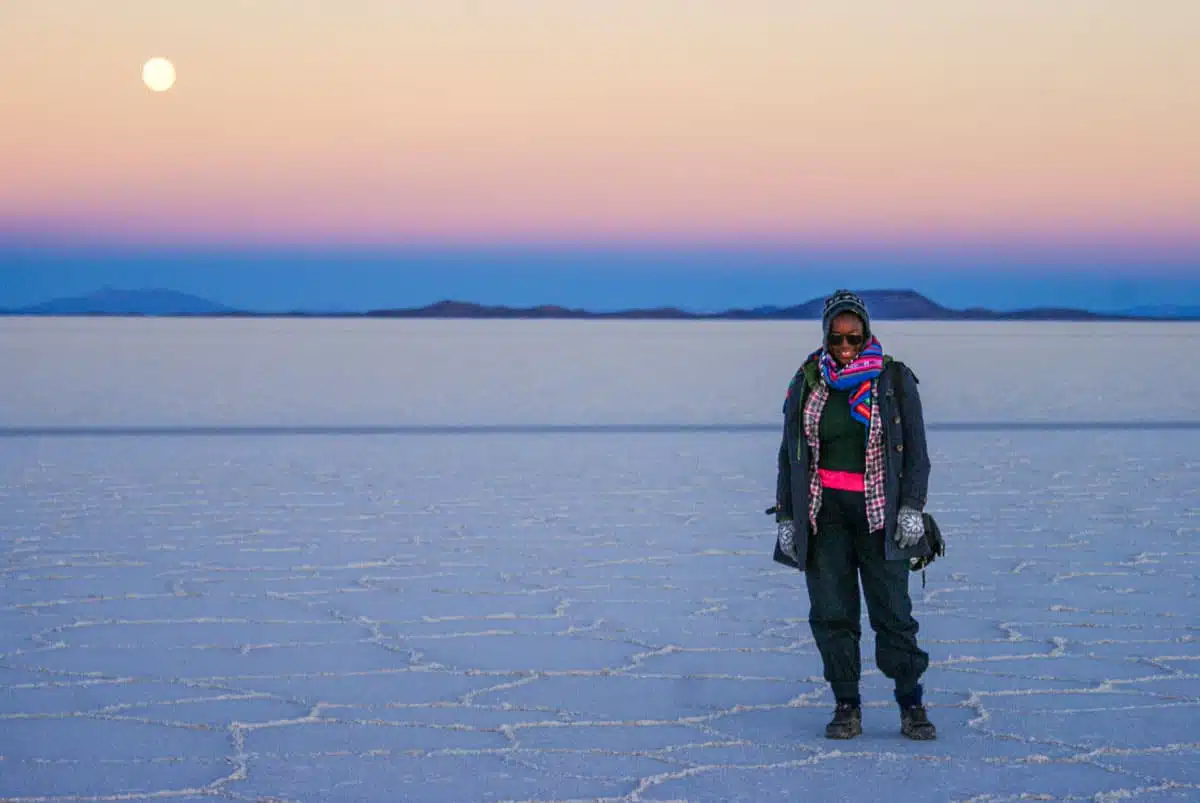
Well, if the photos alone aren’t enough to get you reaching for your passport, listen to this. At 4,086 square miles, Salar de Uyuni is the largest salt flat on the planet and as you can see, it’s fairly spectacular.
Situated in southwestern Bolivia not far from the crest of the Andes, the mountains that surround the salt flat provide truly staggering beauty.
You needn’t worry about sweltering in the South American sun either, as Salar de Uyuni is actually over 3,600 metres above sea level, meaning the air temperature peaks at around 21°C between November and January and doesn’t often get any lower than 13°C in June.
Plus, there are a whole range of natural treats to be discovered such as towering volcanoes, lakes, scalding geysers, relaxing hot-springs, giant cacti.
Although the salt flat may not be teeming with animals there is some unique wildlife to be found including the Andean fox and around 80 different species of bird.
Top Tip
Always be aware that altitude sickness at this height can be an issue, so you’d be wise to spend a few days acclimatising in the surrounding area beforehand.
So When is the Best Time to Visit the Bolivia Salt Flats?
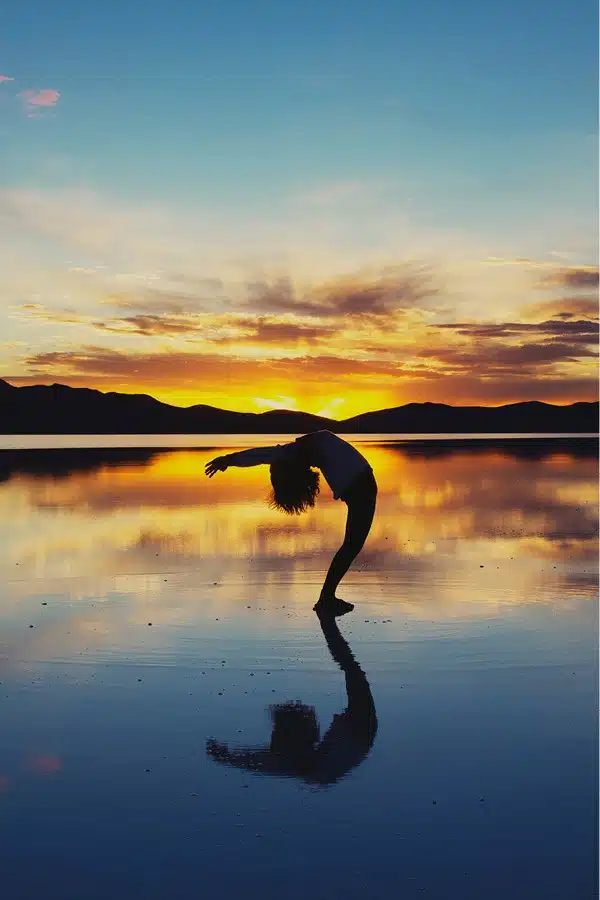
That’s a very good question, and the answer depends entirely on what kind of trip you’re looking for.
The rainy season falls between January and April and the salt flat floods during this period. However, with the water comes beauty. The kind of beauty that makes you wonder if what you’re looking at is even real. The flooding produces a natural phenomena – the largest mirror on earth and your chances of seeing it increase drastically if you go at this time of year.
Many people would say that this is the best time to visit the Bolivia salt flats because the mirror effect is so striking.
A possible downside of visiting in the wet season is that the conditions may mean it’s impossible to visit Isla Incahuasi or Fish Island as it has become known to some.
Don’t be fooled, there aren’t any fish. Its name comes from its fish-like shape and it isn’t actually even an island. It’s the top of the remains of an ancient volcano which was submerged by a huge prehistoric lake some 40,000 years ago.
The 61 acres of rocky outcrop is home to giant cacti and a tourist centre, and Rhea, an Ostrich-like bird that roams the island.
Not a fan of the wet? Then head to the Salar de Uyuni between July and October when you’ll experience wall to wall sunshine.
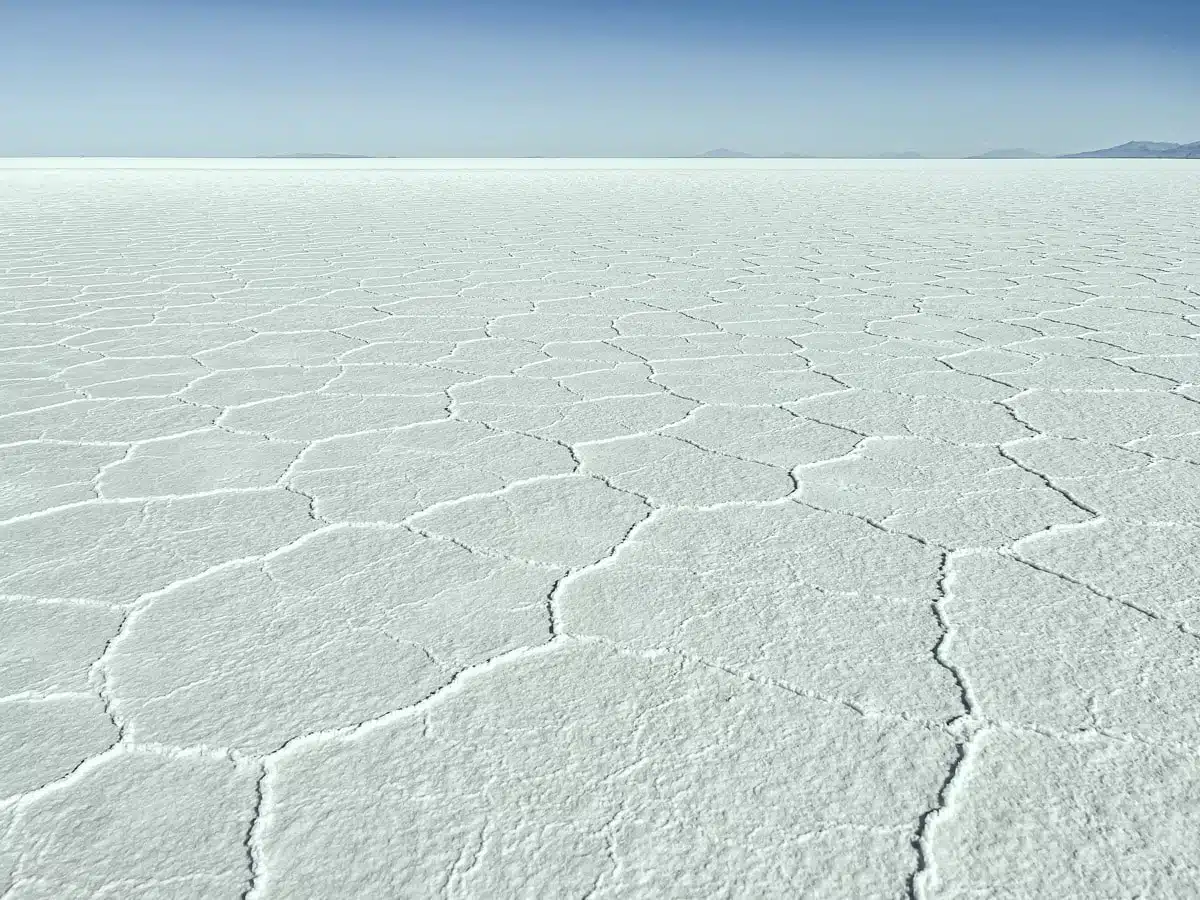
With rainfall averaging just 1mm per month in this period, you’d have to be mightily unlucky to experience any pesky showers. Be prepared to wrap up at night though, as temperatures can plunge to a bone-chilling -9°C. Brrrr!
So really the best time to visit the Bolivia salt flats will depend on whether you want to see the flats during the rainy season or in their uncovered state during the dry season.
Without the Mirror Effect, is the Salar de Uyuni Still Worth the Trip?
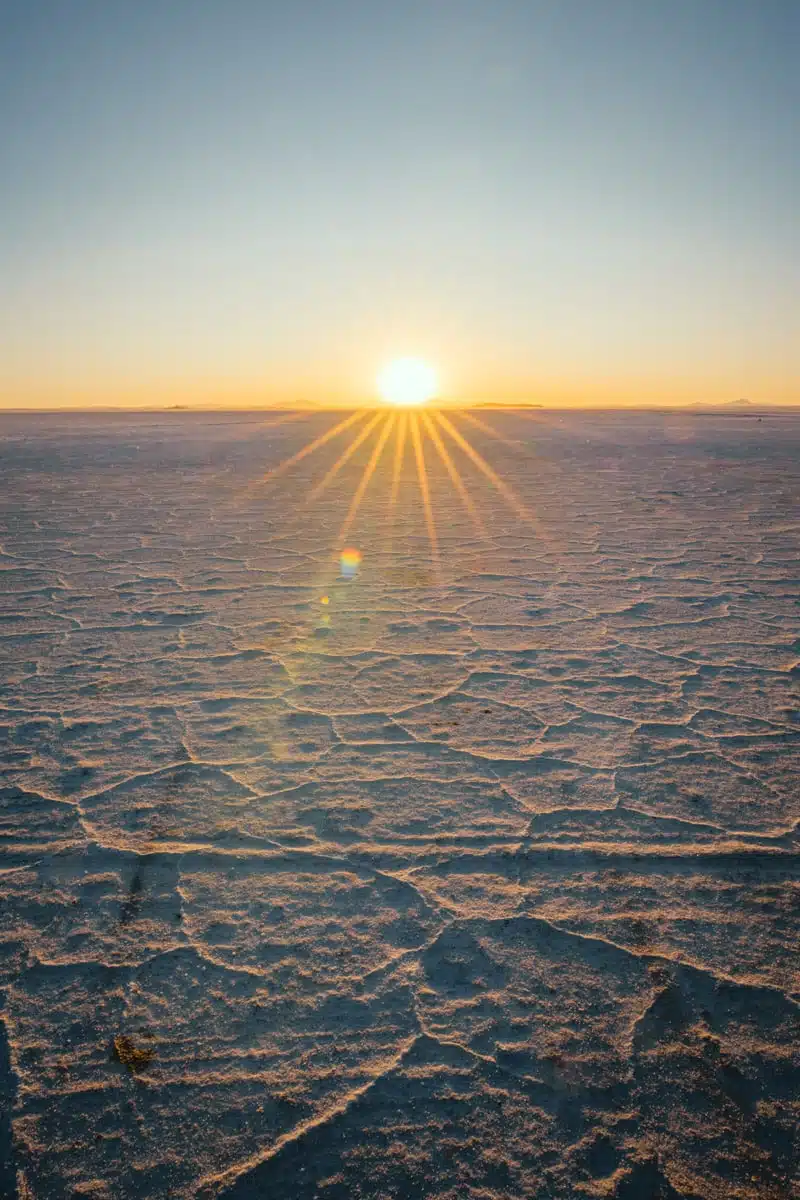
Ultimately, with or without the famed mirror effect, there are very few places on earth like it. An enormous white mass of salt as far as the eye can see really is something to behold.
A big part of its beauty is simply the vast emptiness of it, so it is still definitely worth a visit even in the dry season.
PS: Travelling in South America? Check out my other South America travel guides.
- South America travel routes
- Unmissable places to see in Bolivia
- The South American Travel Bucket List
- The Best Tours on the Bolivia Salt Flats
- How to Visit the Bolivia Salt Flats
Love This? Save and Share on Pinterest
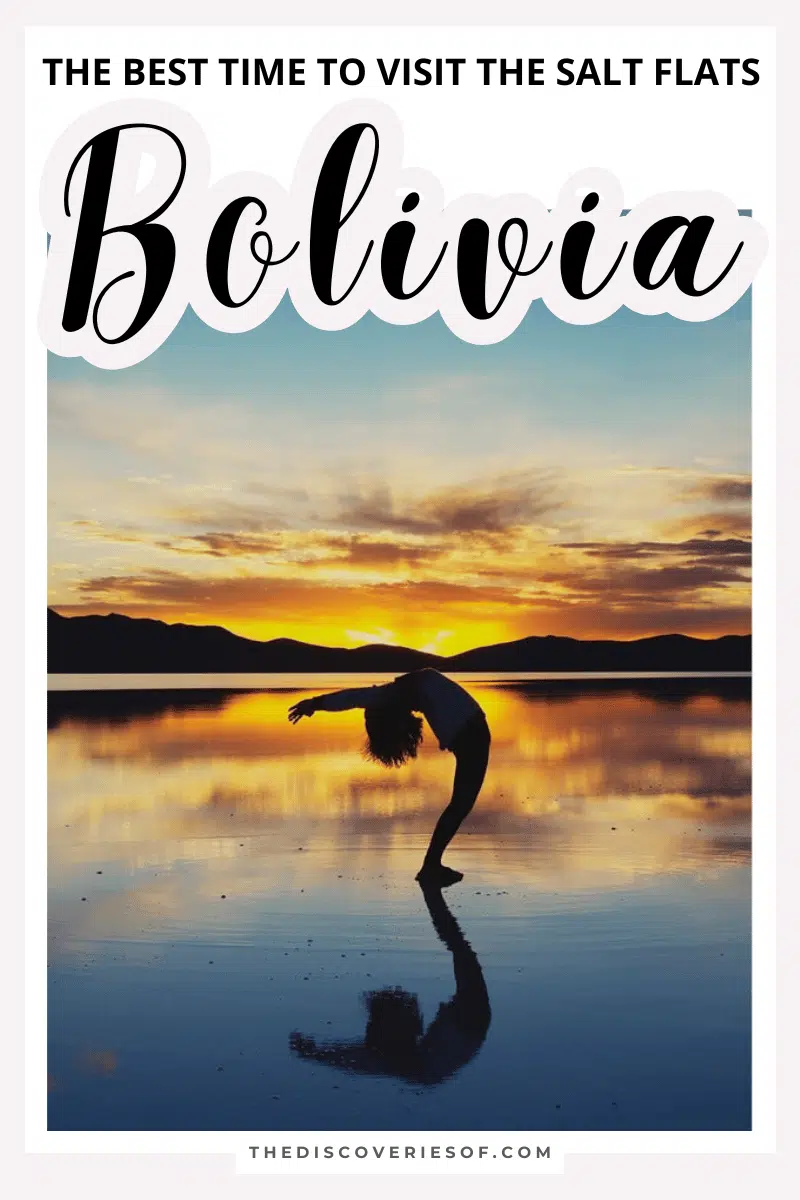
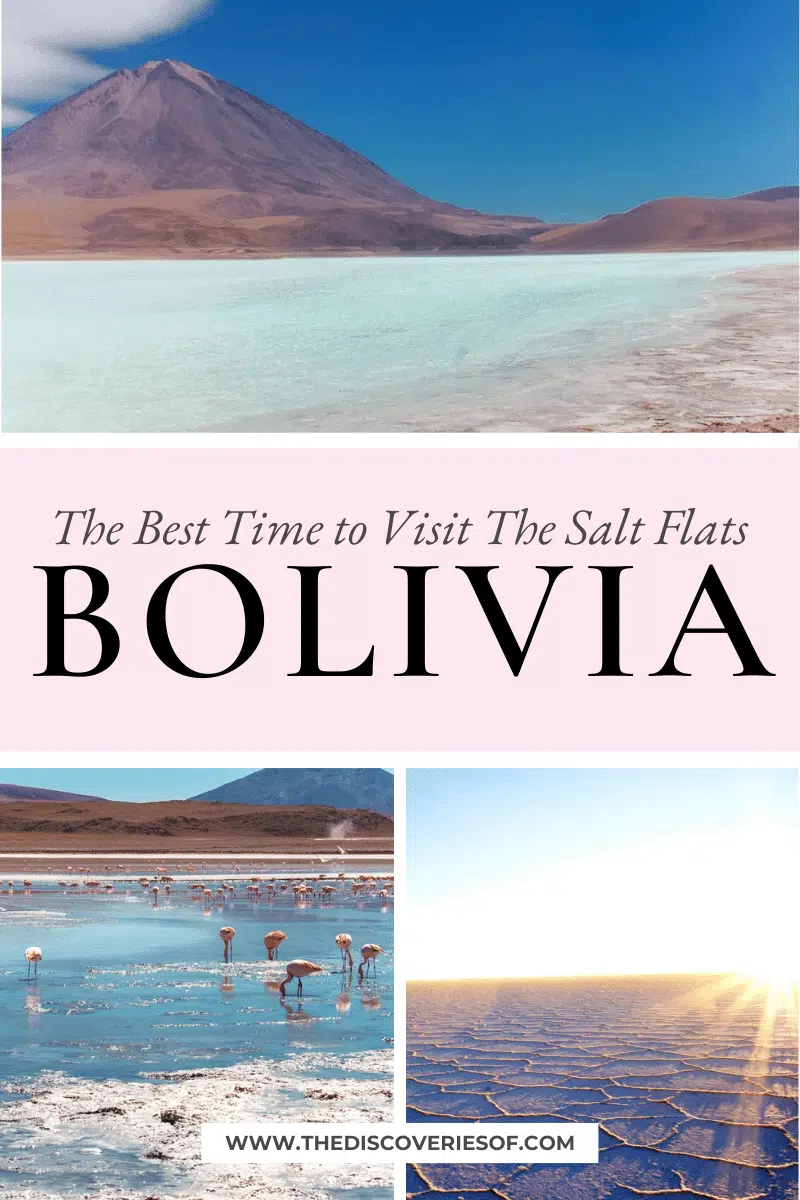

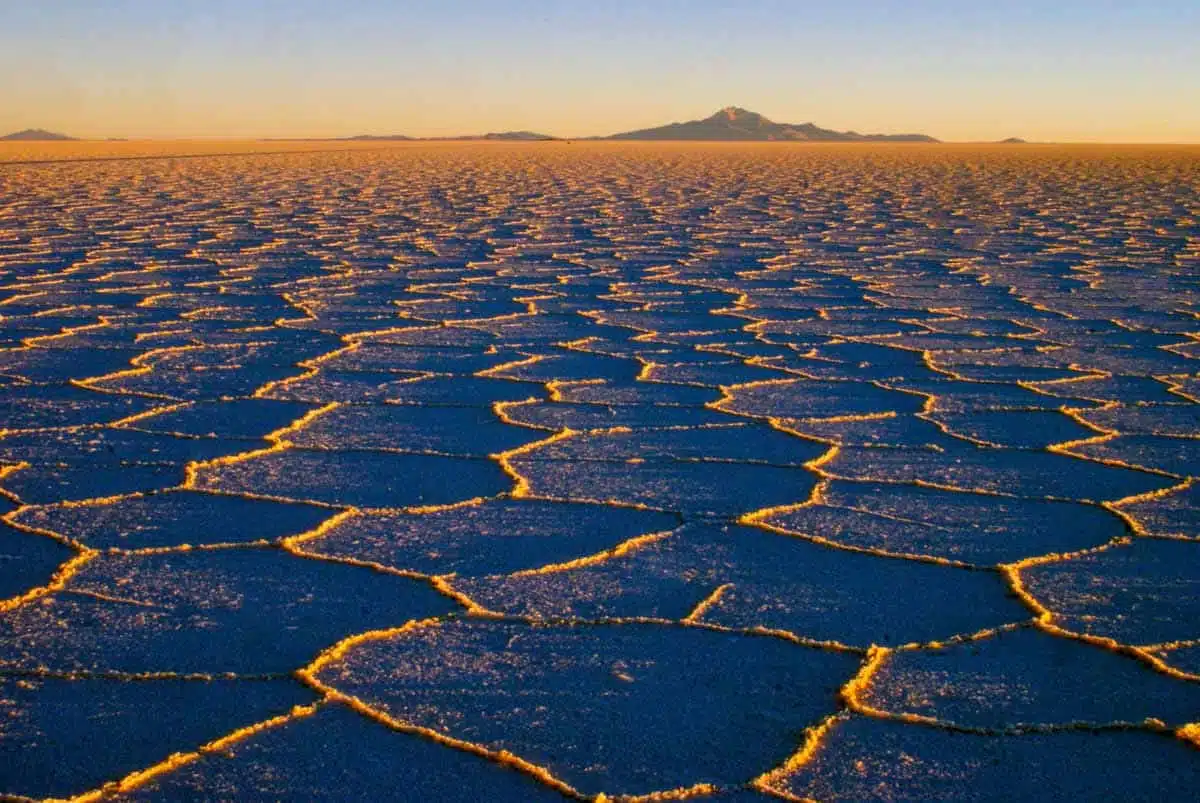
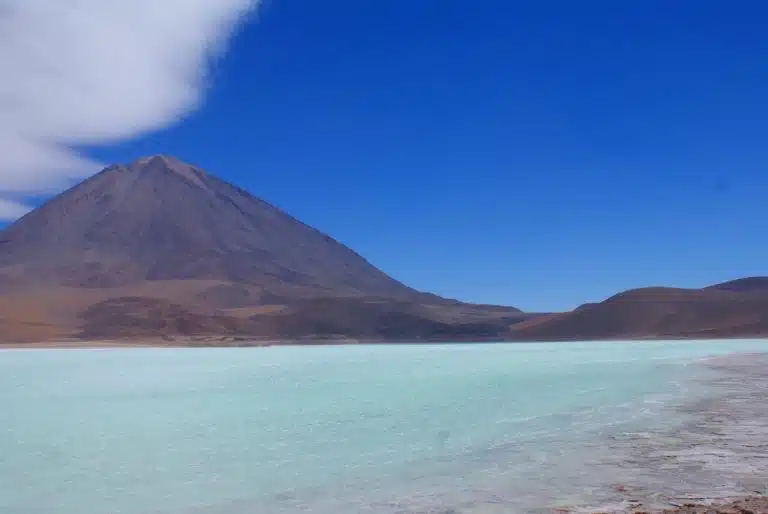
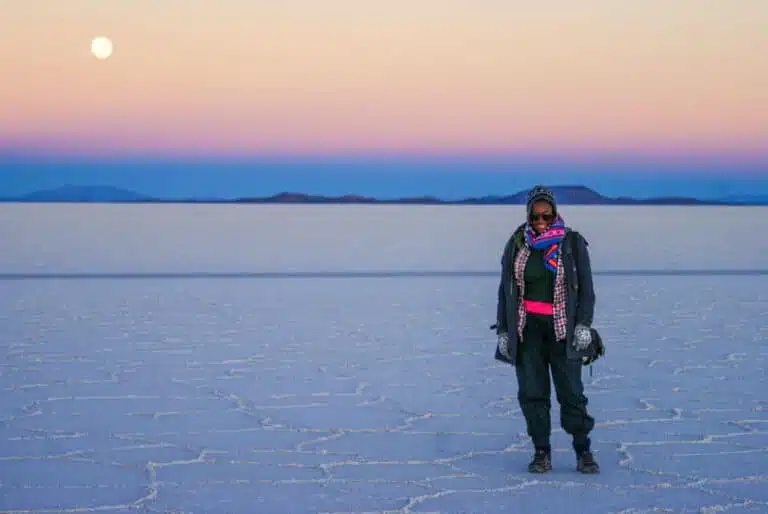
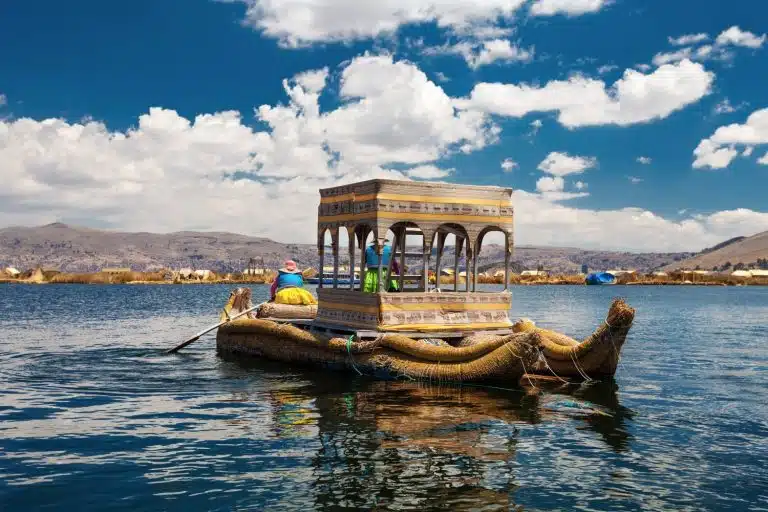
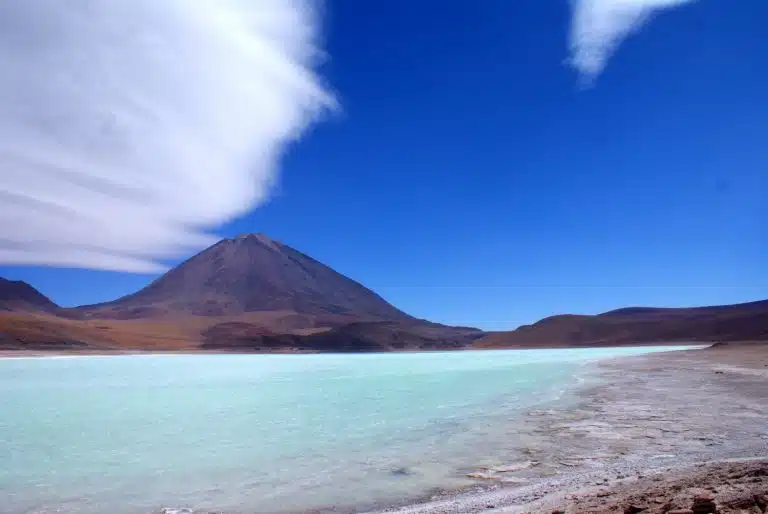

So many great tips in your article. Thank you for pulling it altogether. There are many options which you have given. I will bookmark this article for when we plan our travels to Bolivia. After reading this I am so excited to be able to plan a journey here.
Thanks Jane – seeing the sun rise over the salt flats is one of the most memorable experiences from years stuffed with various trips. What a place!